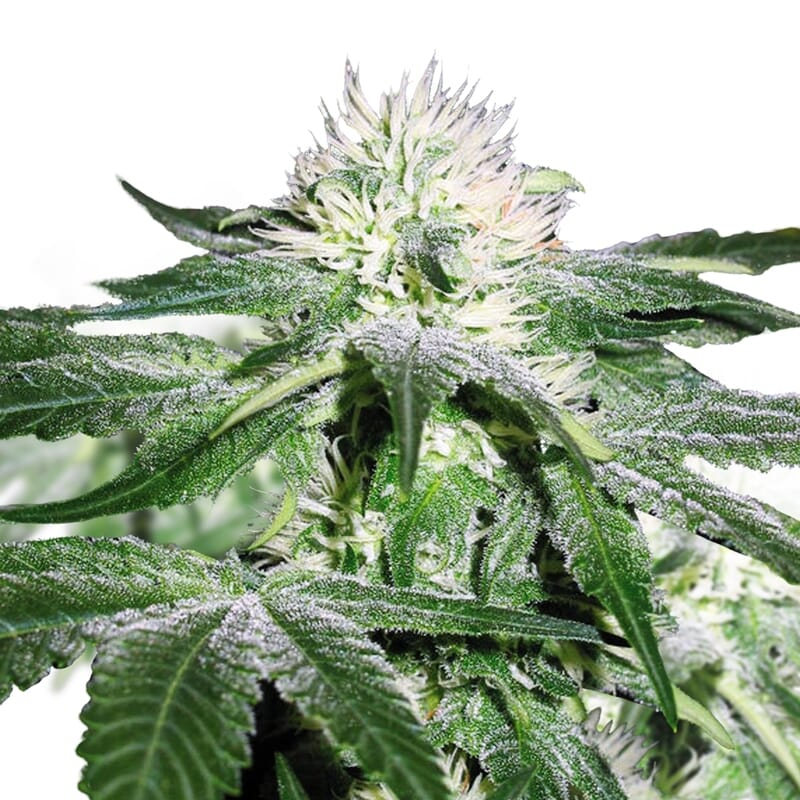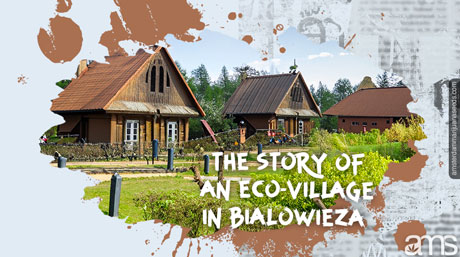Utopia II – Industrial hemp
In the conception and creation of their eco-village nestled deep in the heart of the Bialowieza Forest, Janek, Mirek, Pieter, Piero, and Kasia were profoundly intentional in their choice of building materials. One material, in particular, held a position of unmatched significance: industrial hemp. This variant of the Cannabis sativa plant, primarily used for its fiber, seeds, and oil, served as the cornerstone of their vision for a sustainable community.
Industrial hemp’s byproducts are remarkably versatile. They can be utilized in an array of industrial and consumer products, from textiles and fabrics to soap, food, dietary supplements, and cosmetics. Among its multifarious applications, however, hemp’s most promising potential is revealed in its capacity as a construction material.
Pieter, with his keen eye for quality, sourced high-grade industrial hemp from sustainable farms in the Netherlands. Janek and Mirek, equipped with their experience and understanding of hemp-based materials, knew well the value and versatility of this plant in the field of construction.
They used hempcrete extensively in the construction of the eco-village. This bio-composite material is made from the inner woody core of the hemp plant mixed with a lime-based binder. Ideal for sustainable construction, hempcrete offers excellent thermal insulation and regulates moisture, ensuring the homes stay warm in winter and cool in summer. What’s more, hempcrete is carbon-negative – it absorbs more carbon dioxide than it emits, making it a stellar choice for environmentally-conscious construction.

Piero and his architectural team ingeniously incorporated hemp into their designs. They used hemp insulation in the walls and roofs, providing resistance against mold and pests, effective soundproofing, and fire resistance. Hemp-based plaster gave the walls a natural, rustic finish that perfectly complemented the village’s aesthetic. The carpets underfoot, woven from durable, comfortable hemp fibers, further added to the charm of the homes.
Hemp’s use in the eco-village extended far beyond construction. Kasia utilized hemp mulch in the garden. This mulch, naturally resistant to weeds and retaining moisture better than traditional alternatives, was instrumental in maintaining the health and beauty of the communal green spaces.
The village’s country store reflected the team’s commitment to showcase hemp’s versatility. It stocked a range of hemp-based products, from food to cosmetics, thereby familiarizing both residents and visitors with hemp’s wide-ranging applications.
Hemp also played a significant role in the village’s infrastructure. Hemp-based geotextiles were used for roadways and footpaths within the community, providing excellent soil erosion control and improving drainage. Hemp fiber mats were used for slope stabilization and vegetation cultivation, improving soil quality and promoting greener landscapes around the village.
In their commitment to sustainability, the village introduced hemp-based plastic alternatives for various community needs. Containers for food storage and other everyday items were made from biodegradable hemp plastic, reducing dependence on petroleum-based plastics and lessening their overall environmental footprint.
As a testament to hemp’s versatility, the village even explored hemp biomass as a renewable energy source, planning a small-scale biomass power plant. This ensured that hemp was not only constructing their homes but also powering them sustainably.
This widespread use of industrial hemp underscored the plant’s extraordinary potential. As a fast-growing and sustainable crop, hemp offered far-reaching solutions, extending beyond the realm of construction to various industries looking to reduce their environmental impact. Through their conscious and innovative use of hemp-based materials, the eco-village stood as a model for sustainable living, demonstrating how industrial hemp could play a critical role in redefining our relationship with the environment.
FAQs about Industrial Hemp
What are the applications of industrial hemp in construction?
Industrial hemp has excellent potential as a construction material. Hempcrete, a bio-composite made from the inner woody core of the hemp plant mixed with a lime-based binder, provides thermal insulation, moisture regulation, and carbon-negative properties. Hemp insulation, hemp-based plaster, and hemp carpets are also used in construction to offer resistance against mold, pests, soundproofing, and fire resistance, as well as a natural rustic finish.
What are the environmental benefits of industrial hemp?
Industrial hemp offers several environmental benefits, including low water requirements, natural pest resistance, and carbon sequestration capabilities. It requires significantly less water than many traditional crops, making it suitable for regions prone to drought. The plant's natural pest resistance reduces the need for harmful pesticides, promoting healthier soils and ecosystems. Moreover, industrial hemp absorbs more carbon dioxide per hectare than other crops, aiding in the fight against climate change.
How can industrial hemp contribute to sustainability in various industries?
Industrial hemp has a wide range of applications beyond construction. It can be used in textiles, fabrics, soap, food, dietary supplements, cosmetics, and more. As a fast-growing and sustainable crop, hemp offers solutions for reducing environmental impact in various industries. Its versatility makes it a valuable resource for creating eco-friendly and renewable alternatives, contributing to a more sustainable and responsible future.














